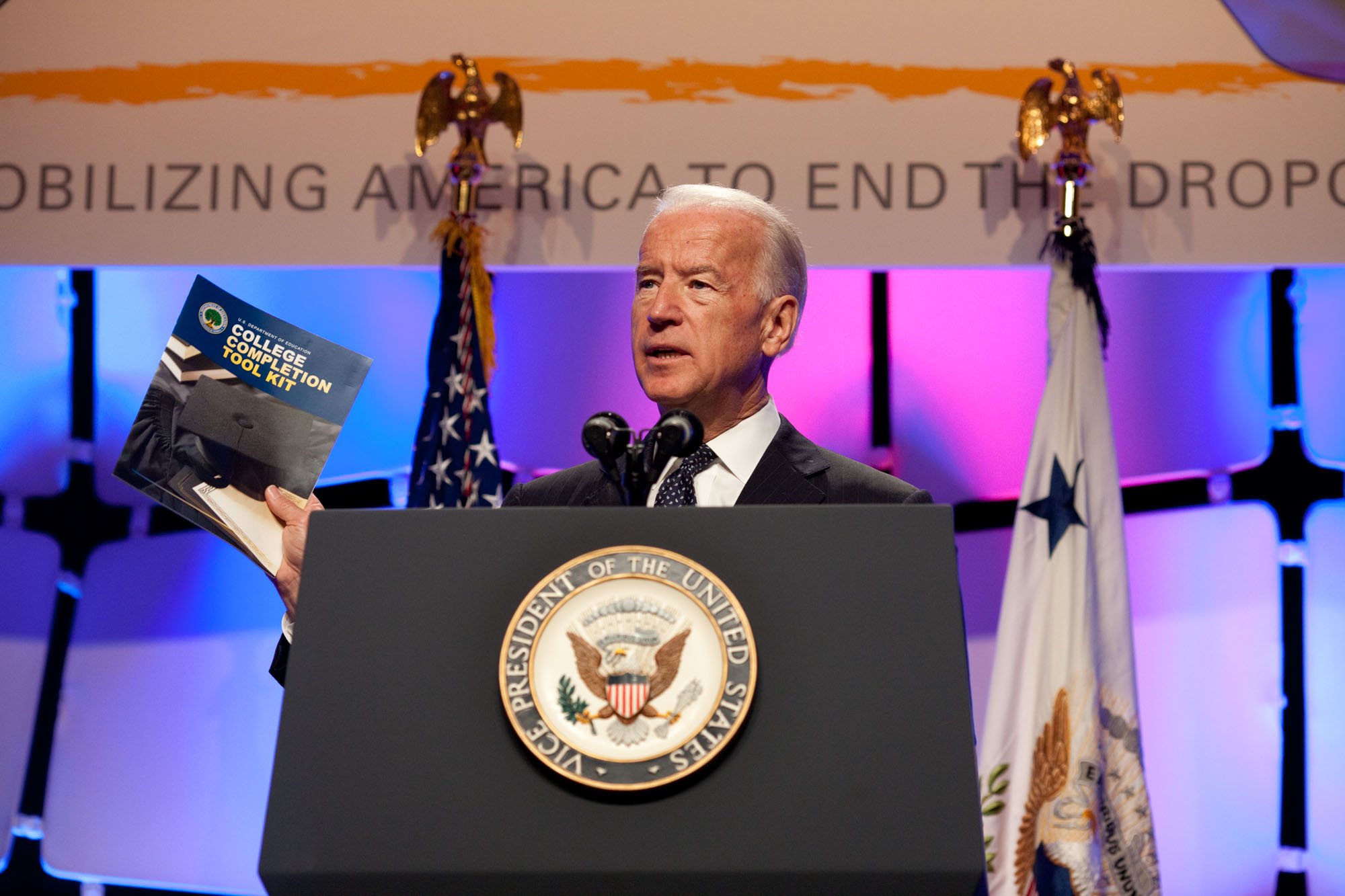
College access and affordability has been a key area of focus for the Middle Class Task Force over the last two years. On this blog, we have frequently updated you on our Administration’s commitment to expanding student aid through Pell Grants and the American Opportunity Tax Credit.
Providing every American child with the opportunity to go to college is critically important, but we can’t stop there. We need more American students to graduate from college. The President has set a clear goal: By 2020, America will have the highest proportion of college graduates in the world. Right now we are ninth.
70 percent of students go on to pursue some kind of postsecondary education after high school, but less than half actually get a degree or certificate within 6 years. Why is this so important? Because more than half of all new jobs created in the next decade will require a postsecondary degree. And college graduates make more money and are less likely to be unemployed than individuals with only a high school diploma. Ensuring that more students graduate from college is essential to maintaining a strong middle class.
Today the Vice President challenged every Governor to host a state college completion summit, and promised that the Department of Education would help any state develop a plan to boost completion.
The Vice President also announced the release of a new “College Completion Tool Kit,” produced by the Department of Education. The tool kit includes information on seven low-cost or no-cost strategies that states can use to boost completion. For example:
- Aligning high school exit standards with college expectations. Forty percent of college students have to take remedial classes in college. It makes college more expensive, because it takes more time to finish. And it increases the likelihood students will dropout in college.
- Making it easier for students to transfer. Two out of three students transfer at least once. Arizona, for example, helps ensure transfer students don’t fall through the cracks by making sure introductory course credits transfer fully among all public colleges in the state.
- Linking state higher education funding to levels of or improvement in college completion. Right now, the vast majority of colleges get funded based on enrollment numbers, not success.
Finally, the Vice President announced that the Department of Education is launching a new grant competition to reward colleges that come up with innovative plans for boosting completion, like summer academic boot camps for students between high school and their freshman year; redesigned courses that make learning more interactive; and emergency financial aid for unexpected crises. We are looking for plans with the potential to become national models.
As the Vice President said today, “right now we’ve got an education system that works like a funnel when we need it to work like a pipeline. We have to make the same commitment to getting folks across the graduation stage that we did to getting them into the registrar’s office.”
Brian Levine is Deputy Domestic Policy Advisor to the Vice President



